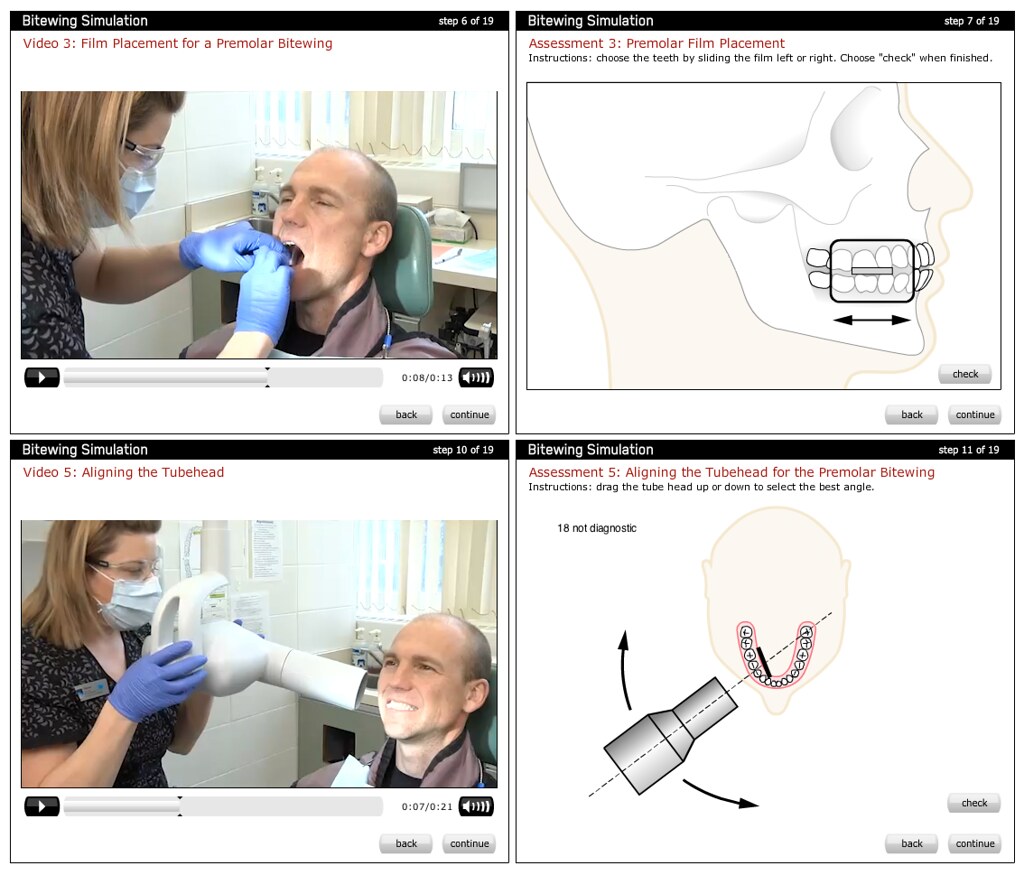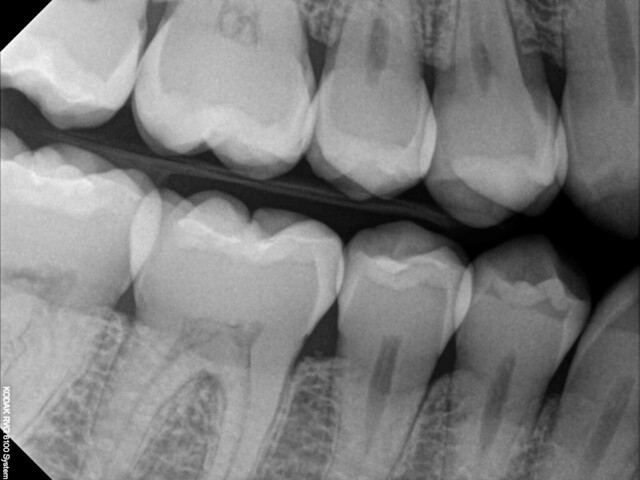 With the advancement in dental technology, dentists now how the skills, research and resources need to address many types of dental issues that couldn’t be addressed in the path. For instance, problems with the alignment of teeth and so on are more easily treated nowadays thanks to x-ray technology. There are various types of dental x-rays, some of which provide dentists with a clearer picture of certain areas of the mouth than others.
With the advancement in dental technology, dentists now how the skills, research and resources need to address many types of dental issues that couldn’t be addressed in the path. For instance, problems with the alignment of teeth and so on are more easily treated nowadays thanks to x-ray technology. There are various types of dental x-rays, some of which provide dentists with a clearer picture of certain areas of the mouth than others.
What are Bitewing X-rays?
The most common type of x-rays that dentists take are called bitewing x-rays. These x-rays provide dentists with a picture of the upper and lower back teeth and let them know how the upper and lower back teeth line up together.
What are Bitewing X-rays Used For?
Bitewing X-rays are used for seeing how the back teeth line up together and for checking for any signs of decay in between the teeth. Usually, if any decay exists, it will show up in bitewing x-rays since between the teeth is one of the most common areas where decay-causing bacteria reside. However, bitewing x-rays can even be used to determine whether or not patients have signs of bone loss, a dental infection or a severe gum disease.
How Is a Bitewing X-ray Taken?
Getting a bitewing x-ray taken is a relatively simple and painless process. It requires no anesthetic, and it’s not a long-drawn-out procedure. It only requires that patients bite down on a piece of plastic that contains x-ray film in the center of it while a small amount of radiation is emitted from the x-ray machine to take the x-ray. The entire procedure only lasts a few seconds and provides dentists with the snapshot of patients’ mouths that they need for evaluation.
How Often Should Bitewing X-rays be Taken?
 How frequently patients need new bitewing x-rays taken depends upon numerous factors, so the timeline is generally tailored to suit each individual’s needs. Usually, dentists will always take bitewing x-rays of any new patients they receive so that they can obtain a general overview about their new patient’s mouth. If patients are undergoing any types of procedures that could change the way their upper and lower back teeth meet together, then they might take bitewing x-rays more frequently in order to monitor any progress or movement.
How frequently patients need new bitewing x-rays taken depends upon numerous factors, so the timeline is generally tailored to suit each individual’s needs. Usually, dentists will always take bitewing x-rays of any new patients they receive so that they can obtain a general overview about their new patient’s mouth. If patients are undergoing any types of procedures that could change the way their upper and lower back teeth meet together, then they might take bitewing x-rays more frequently in order to monitor any progress or movement.
What If I Already Had Bitewing X-rays Taken?
Patients who have recently had bitewing x-rays taken but changed dentists can usually get their x-rays sent over to their new dentist’s office rather than having to pay to have the x-rays taken again. Usually, patients have bitewing x-rays taken every six months, so if it’s been less than six months since an individual’s last x-ray, he or she can probably request the results to be transferred to his or her new dentist.
References:
Tan PL, Evans RW, Morgan MV.”Caries, Bitewings, and Treatment Decisions.) Retrieved on October 15, 2015, from http://www.ncbi.nlm.nih.gov/pubmed/12139267.
The United States National Library of Medicine National Institutes of Health
8600 Rockville Pike,
Bethesda MD, 20894 USA
1-888-FIND-NLM
http://www.ncbi.nlm.nih.gov
Images:
https://farm5.staticflickr.com/4112/4832075444_e418084be4_b.jpg
https://farm4.staticflickr.com/3515/3470141557_d4b3e16237_z.jpg